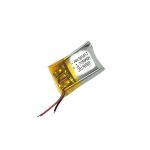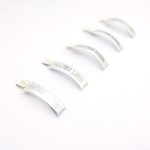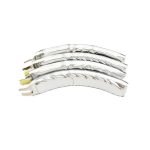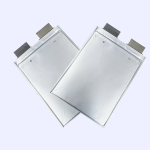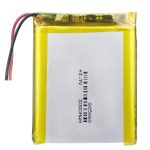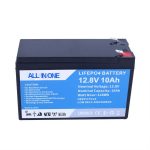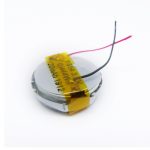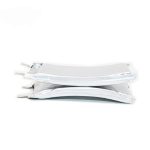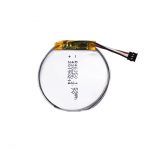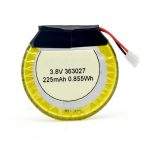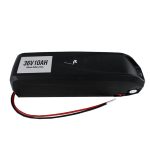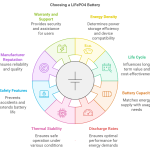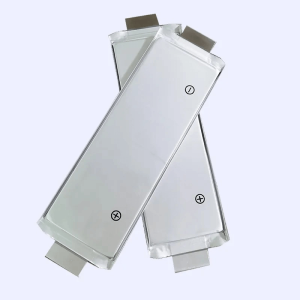
Spesifikasi
| Model Baterai | NMC-50NP |
| Jinis Baterei | Prismatic NMC rechargeable battery |
| Tegangan Nominal | 3,7V |
| Kapasitas Nominal | 50Ah |
| Tegangan voltase | 4.2V |
| Tebokake voltase sing dipotong | 2.75V |
| Max Charge Saiki | 1C |
| Panyebaran Max saiki | 3C |
| Resistensi internal | ≤0.8mΩ |
| Suhu Pangisi daya | 0-45 |
| Ngeculake Suhu | -20 ~ 55 ℃ |
| Suhu Panyimpen | -20~35 ℃ |
| Urip Siklus | ≥2000 kaping |
| Ukuran baterei | 11*100*300mm |
| Bobot Baterei | 0.74kg |
| Waranti | 2 taun |
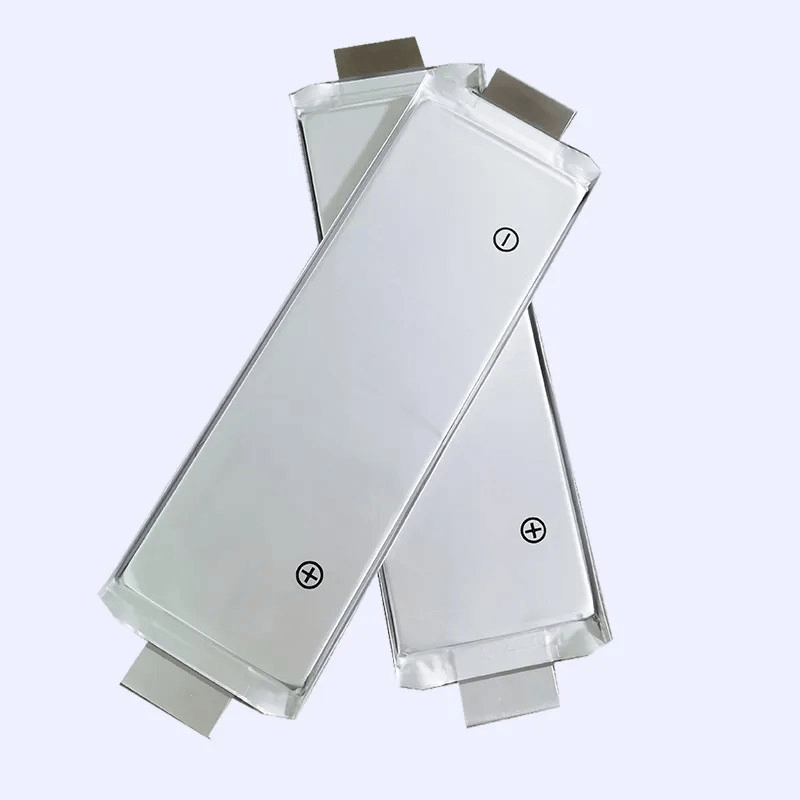
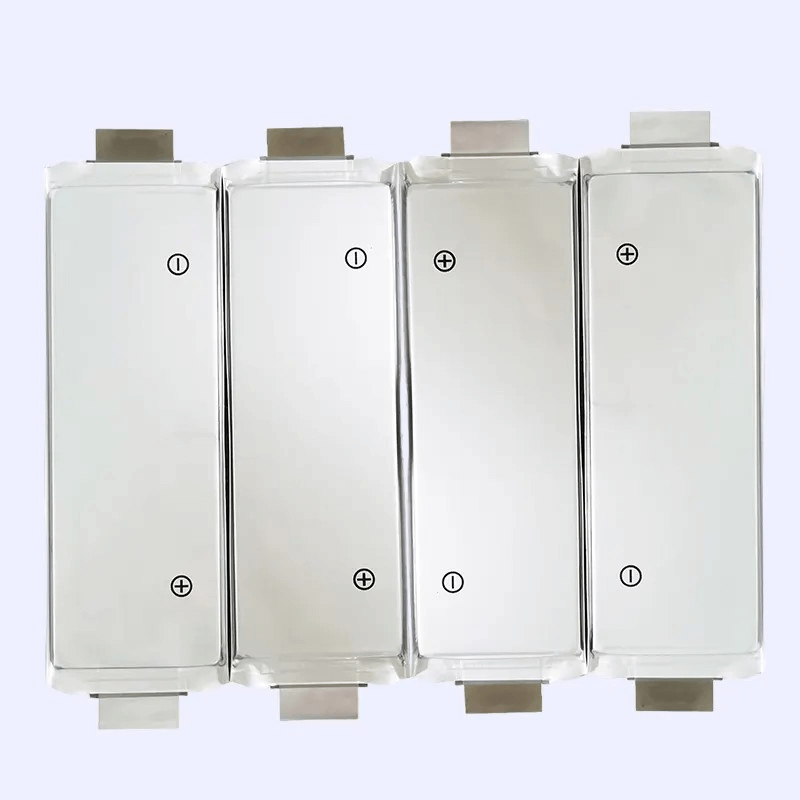
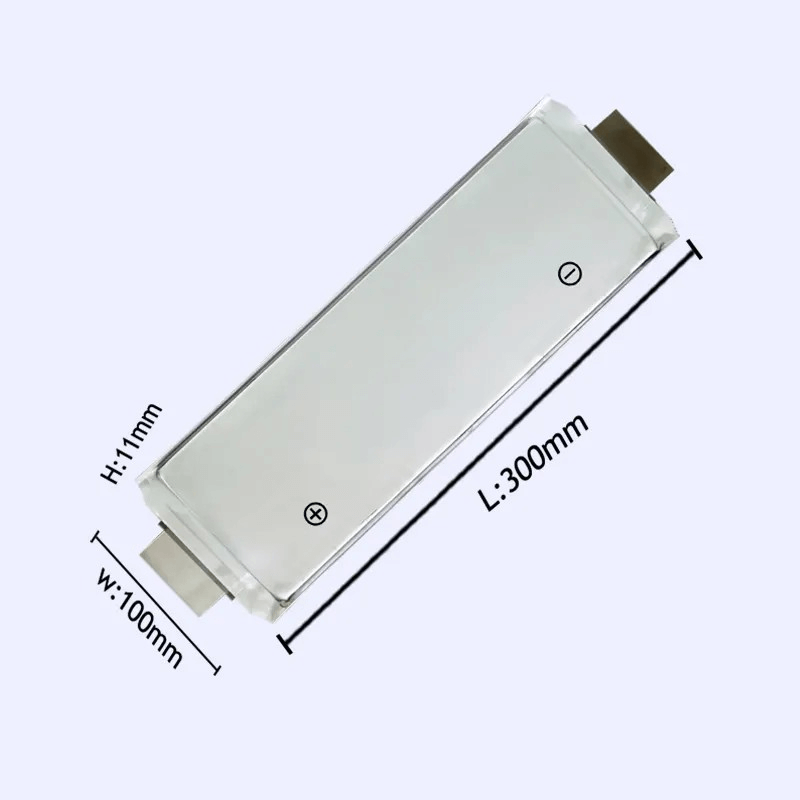
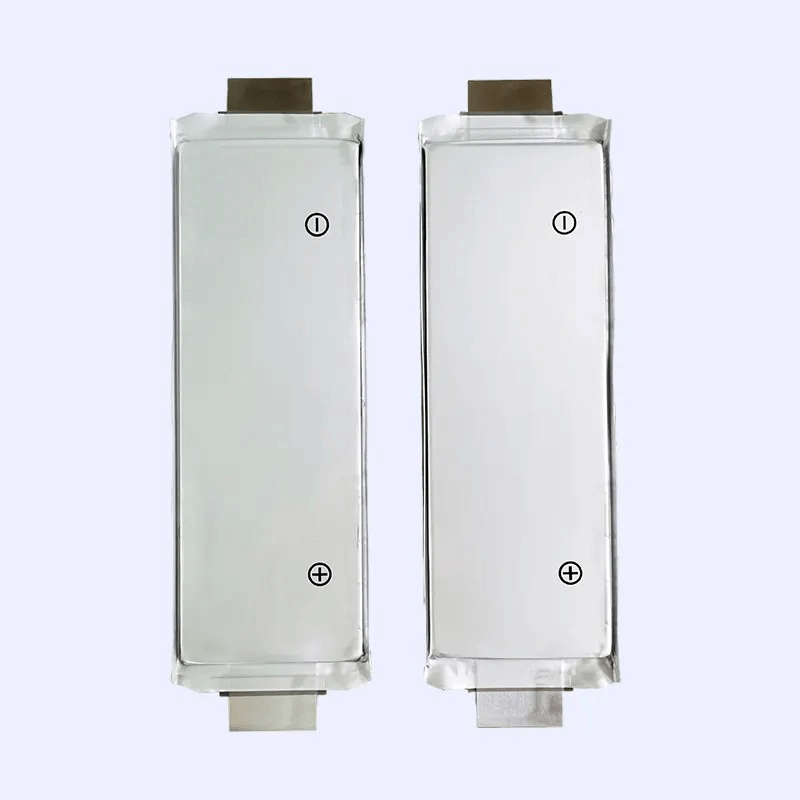
Test Procedure and its Standard
| Item | Test method | Standar | |
| 1 | Katon | Visual | No Defects and Leakage |
| 2 | Ukuran | Caliper for dimension | As item 4 |
| 3 | Bobot | Balance | As item 3.3 |
| 4 | Shipment voltage | Voltmeter | 3.50~3.6V 25%~35%SOC |
| 5 | Initial Internal Impedance | Measure the AC impedance at 1kHz | ≤2.3mΩ (25%~35%SOC) |
| 6 | Discharge Capacity | Follow standard discharge after standard charge, at 25±2℃ | *≥20Ah |
| 7 | Cycle Life (25±2℃, With splint ,Rest for 30 min between each cycle.) | Charge: 0.3C CC charge to 4.20V, 4.20V CV charge to 0.05C cut-off; Discharge: 0.5C CC discharge to 3.0V | ≥70%Initial capacity @800 cycles |
| 8 | Leakage Test | The battery which is fully charged shall be stored at 60±2℃ and 85±5% RH for 7 days. | No Leakage. |
| 9 | H/L Temp. Characteristic (Hold for 5h@55℃ or 20h@-20℃ after full charging) | Charge: 0.3C CC charge to 4.20V, 4.20V CV charge to 0.05C cut-off at 25±2℃ Discharge: 0.2C CC discharge to 2.2V at -20±2℃; 0.2C CC discharge to 2.75V at 55±2℃. | Discharge capacity rate: *≥70%Initial Capacity -20±2℃ *≥90%Initial Capacity 55±2℃. |
Safety Criteria for Acceptance
| Item | State | Test method | Standar |
| External Short | Fully Charged | Battery terminals are short-circuited with a resistance of less than 100mΩ for 10minutes. Observe 1 hour. Tests are to be conducted at room temperature. | NO EXPLOSION AND NO FIRE. |
| Over-Discharge | Fully Charged | 1C CC discharge for 90minutes after standard charge,Observe 1 hour. | NO EXPLOSION NO FIRE AND |
| Heating | Fully Charged | Put the battery into an oven at RT, and increase the temperature at a rating of 5℃/min to 130±2℃, after the oven temperature reached to 130℃±2℃, maintain for 30 minutes at that temperature before the test is discontinued.,Observe 1 hour. | NO EXPLOSION AND NO FIRE. |
| Crush | Fully Charged | Crush between two flat plates. Applied force is about 13kN, Observe 30min. | NO EXPLOSION AND NO FIRE. |
| Overcharge | Fully Charged | 0.33C CC Charge the battery to 1.1 times of the max charge voltage or continue to charge for 1 hour after charge the battery to the 115%soc, Observe 1 hour. | NO EXPLOSION AND NO FIRE. |
| Temperature Cycling | Fully Charged | Reducing the chamber temperature to -40℃ within 60 minutes and maintaining this temperature for 90 minutes, Raising the chamber temperature to 25 ℃ within 60 minutes, Raising the chamber temperature to 85℃ within 90 minutes and maintaining this temperature for 110 minutes, Reducing the chamber temperature to 25℃ within 70 minutes. Repeating the sequence for a further 4 cycles, Observe 1 hour | NO EXPLOSION AND NO FIRE. |
FAQ
Q: Which model should I choose?
A: Tell us your demands for cells, including capacity, voltage, charge and discharge rate, application areas, etc. We will recommend you the most suitable cell model.
Q: How do I guarantee product quality?
A: We develop raw material to produce cell , We control well in cell production process, we test performance of batteries before shipping, and provide good after-sale service.
Q: What should I do if I find something wrong with batteries?
A: Describe your problems to us, we will quickly response to that and provide solutions as soon as possible.
Q: What about price? Can I get lower price for my order?
A: It depends on your quantities, the more order you place, the more discount you will get.
Q: Why I get different quotation for the same product during different time of the year?
A: The price of our cells will be adjusted if the price of raw materials changes. We have to do so in order to transfer cost pressure.
If you need more details, please fell free to contact us!

